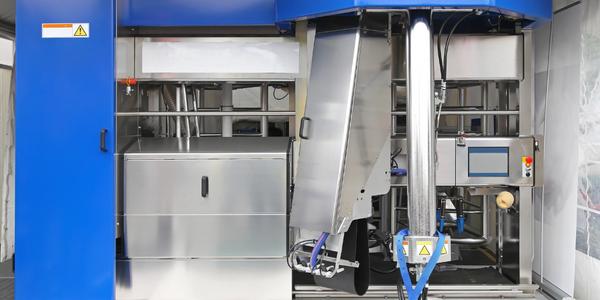Customer Company Size
Large Corporate
Country
- Worldwide
Product
- Catalytic
Tech Stack
- AI
- Intelligent Automation
Implementation Scale
- Enterprise-wide Deployment
Impact Metrics
- Productivity Improvements
- Cost Savings
Technology Category
- Application Infrastructure & Middleware - API Integration & Management
Applicable Functions
- Business Operation
Use Cases
- Process Control & Optimization
Services
- Software Design & Engineering Services
About The Customer
Dentsu Aegis Network is a media and digital marketing communications company that operates in 145 countries. The company has over 50,000 employees and serves more than 11,000 customers. Dentsu is committed to innovation and has established the Automation Center of Expertise (COE) to ensure the company’s operations remain cutting edge. The Automation COE provides a framework for Dentsu to identify integrated and intelligent automation opportunities to improve its processes and make good on its promise to create new value for its customers and society.
The Challenge
Dentsu Aegis Network, a media and digital marketing communications company, was facing challenges with its mid-office media activation processes. These processes were repetitive, time-consuming, and prone to human error. Each customer had different needs, requiring Dentsu to adapt to each one. The process required extensive back-and-forth between multiple stakeholders and the speed was impacted by how quickly team members could respond to customers. An entire team was needed to absorb the pre-reconciliation actualization work to confirm media spend for large accounts.
The Solution
Dentsu partnered with Catalytic to automate its mid-office media activation processes. Catalytic's AI and intelligent automation approach was chosen for its flexibility and reliable operational excellence experience. The automation process involved pulling reports from multiple systems, managing and organizing data, automatically emailing out for validation, consolidating feedback, and updating the system with gathered feedback. Within two weeks, Catalytic delivered a solution with one client team that will be deployed across 30+ teams by the end of 2019. Catalytic worked with Dentsu to develop a roadmap for further automation.
Operational Impact
Quantitative Benefit

Case Study missing?
Start adding your own!
Register with your work email and create a new case study profile for your business.
Related Case Studies.

Case Study
System 800xA at Indian Cement Plants
Chettinad Cement recognized that further efficiencies could be achieved in its cement manufacturing process. It looked to investing in comprehensive operational and control technologies to manage and derive productivity and energy efficiency gains from the assets on Line 2, their second plant in India.

Case Study
Airbus Soars with Wearable Technology
Building an Airbus aircraft involves complex manufacturing processes consisting of thousands of moving parts. Speed and accuracy are critical to business and competitive advantage. Improvements in both would have high impact on Airbus’ bottom line. Airbus wanted to help operators reduce the complexity of assembling cabin seats and decrease the time required to complete this task.

Case Study
Improving Production Line Efficiency with Ethernet Micro RTU Controller
Moxa was asked to provide a connectivity solution for one of the world's leading cosmetics companies. This multinational corporation, with retail presence in 130 countries, 23 global braches, and over 66,000 employees, sought to improve the efficiency of their production process by migrating from manual monitoring to an automatic productivity monitoring system. The production line was being monitored by ABB Real-TPI, a factory information system that offers data collection and analysis to improve plant efficiency. Due to software limitations, the customer needed an OPC server and a corresponding I/O solution to collect data from additional sensor devices for the Real-TPI system. The goal is to enable the factory information system to more thoroughly collect data from every corner of the production line. This will improve its ability to measure Overall Equipment Effectiveness (OEE) and translate into increased production efficiencies. System Requirements • Instant status updates while still consuming minimal bandwidth to relieve strain on limited factory networks • Interoperable with ABB Real-TPI • Small form factor appropriate for deployment where space is scarce • Remote software management and configuration to simplify operations

Case Study
Developing Smart Tools for the Airbus Factory
Manufacturing and assembly of aircraft, which involves tens of thousands of steps that must be followed by the operators, and a single mistake in the process could cost hundreds of thousands of dollars to fix, makes the room for error very small.









